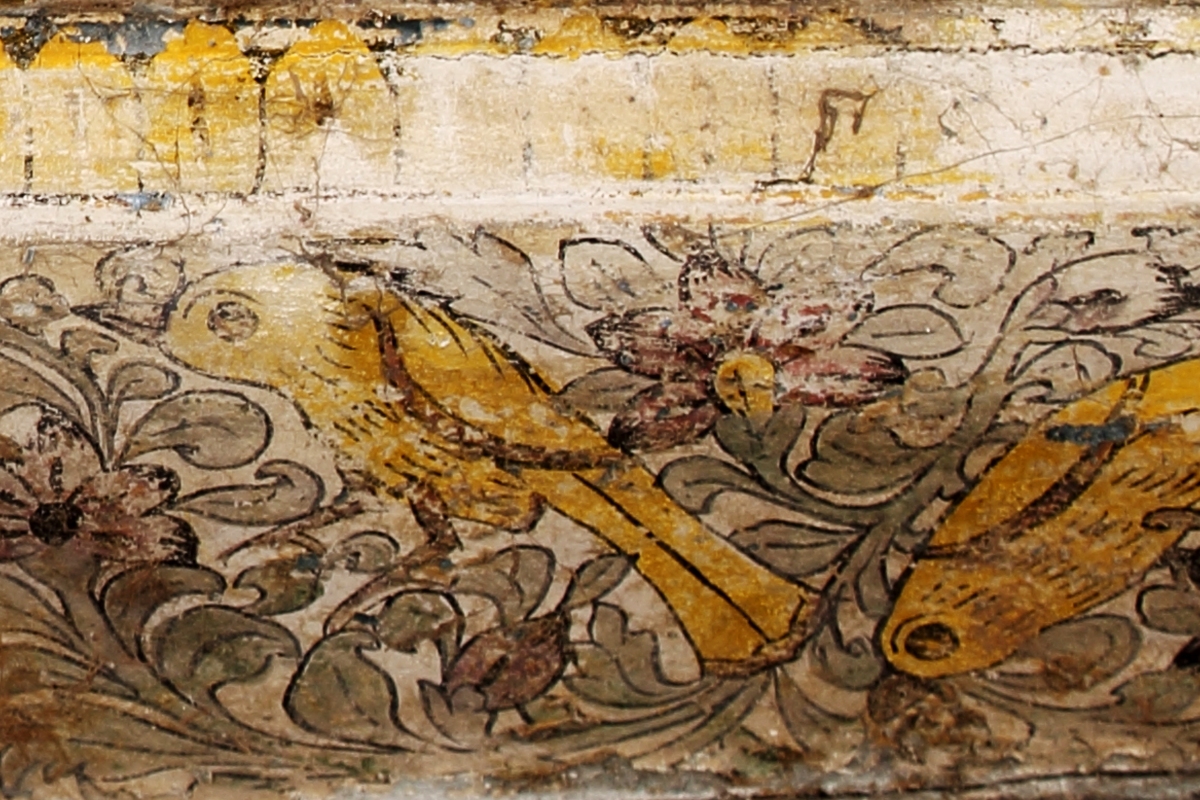Murals or frescoes have been valuable creations of humankind world over for thousands of years. India though has long roots of mural tradition tracing as far as to the Upper Paleolithic era, it was Ajanta in the 5th century AD, where the classical tradition began. In the 16th century, a new chapter in Indian murals evolved with ideas merging from Indian mythologies and Persian styles. Soon Rajasthan and Bundelkhand became hotspots of mural art.
In art history literature, we encounter a number of reference on Rajput paintings, but very little on Sauarshtra style. Recently we had come across some rare evidences of 18th century murals at Sayla Darwargadh (palace) which are almost at the vanishing stage.
Sayla is a small town located on the highway running from Ahmedabad to Rajkot. It was a princely state in the pre-independence era ruled by a clan of Jhala Rajputs. It covered a total area of 575 sq km.
The state was founded in 1751 AD by Seshmalji, who captured Sayla from Kathi Darwars and made it the capital of his state. He also built a fort around the capital and founded the Sayla Darwargadh or Rajmahal. The palace has halls for audiences, administrative and judicial meetings, but more than these lies a ruined three storied Rang Mahal containing traces of 18th century murals in Saurashtra style.
Most of these paintings are gone, but a careful observation can still provide interesting insights, such as about the style, religious affinity, colours used, depiction of natural world, and so on. This is the first time report of these murals.
They differ significantly from other contemporary style and demonstrate a lot of local characters and flavour. Krishna and rasa dominates but there are also worshipping scenes of Shiva lingams. Heavy use of gold colour and stylized trees are the hallmarks of Sayla murals. The other prominent colour is indigo blue.
One remarkable scene is vastraharan by Krishna of gopis, a scene widely portrayed across India in different styles. Krishna seating on a horse pulling chariot is yet another survived painting.
The Jhala clan had come from Sindh and established their reign at Patdi in 12th century AD. After the Islamic invasion, they moved their capital to Halvad and made it their capital. Over the centuries, the Jhalas established several princely states, such as Wankaner, Limdi, Wadhwan, Sayla and Chuda.
The murals of Sayla are important as not much is known about the mural tradition of this region of India. Whatever if left requires urgent attention for preservation.
























